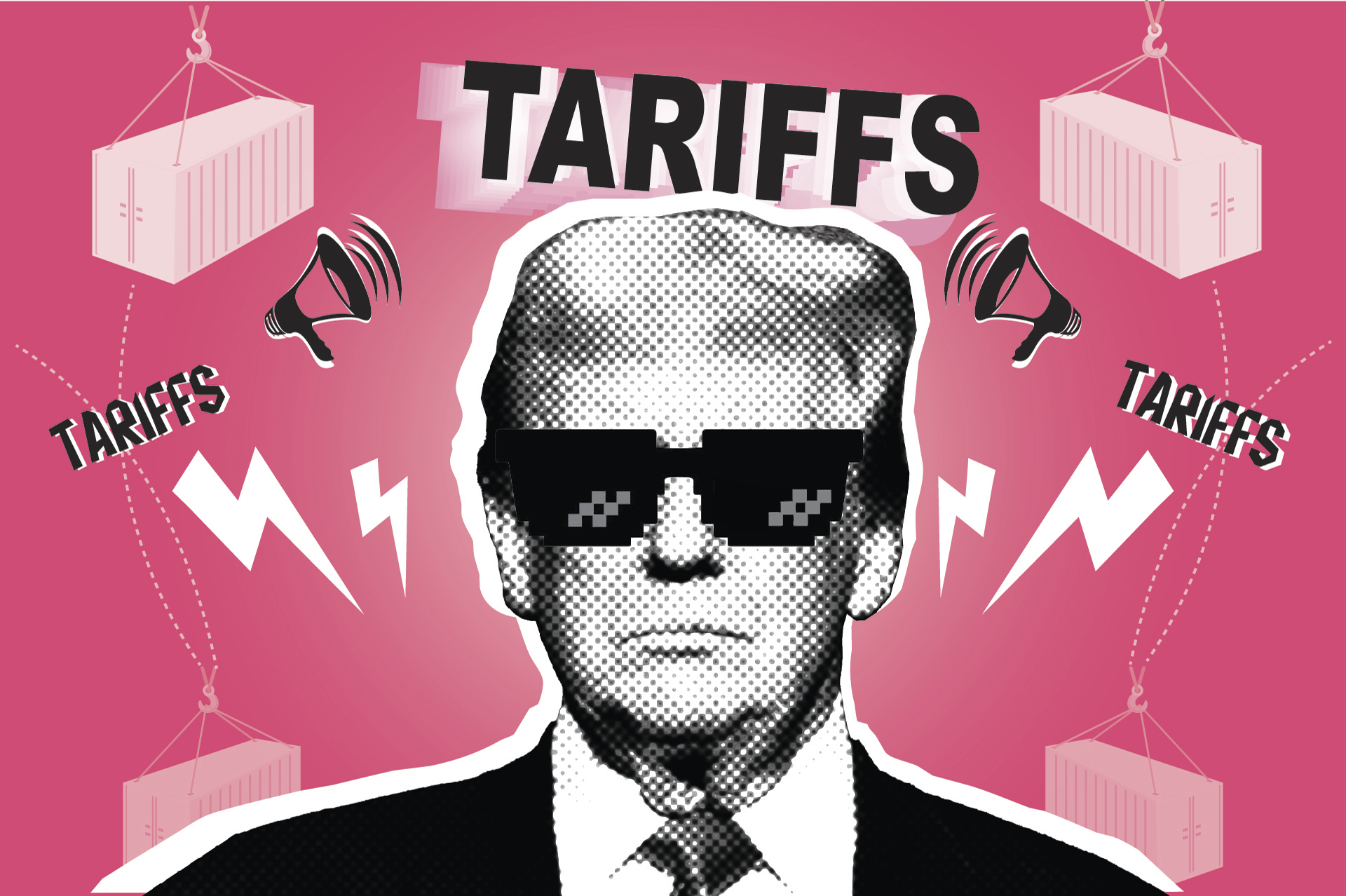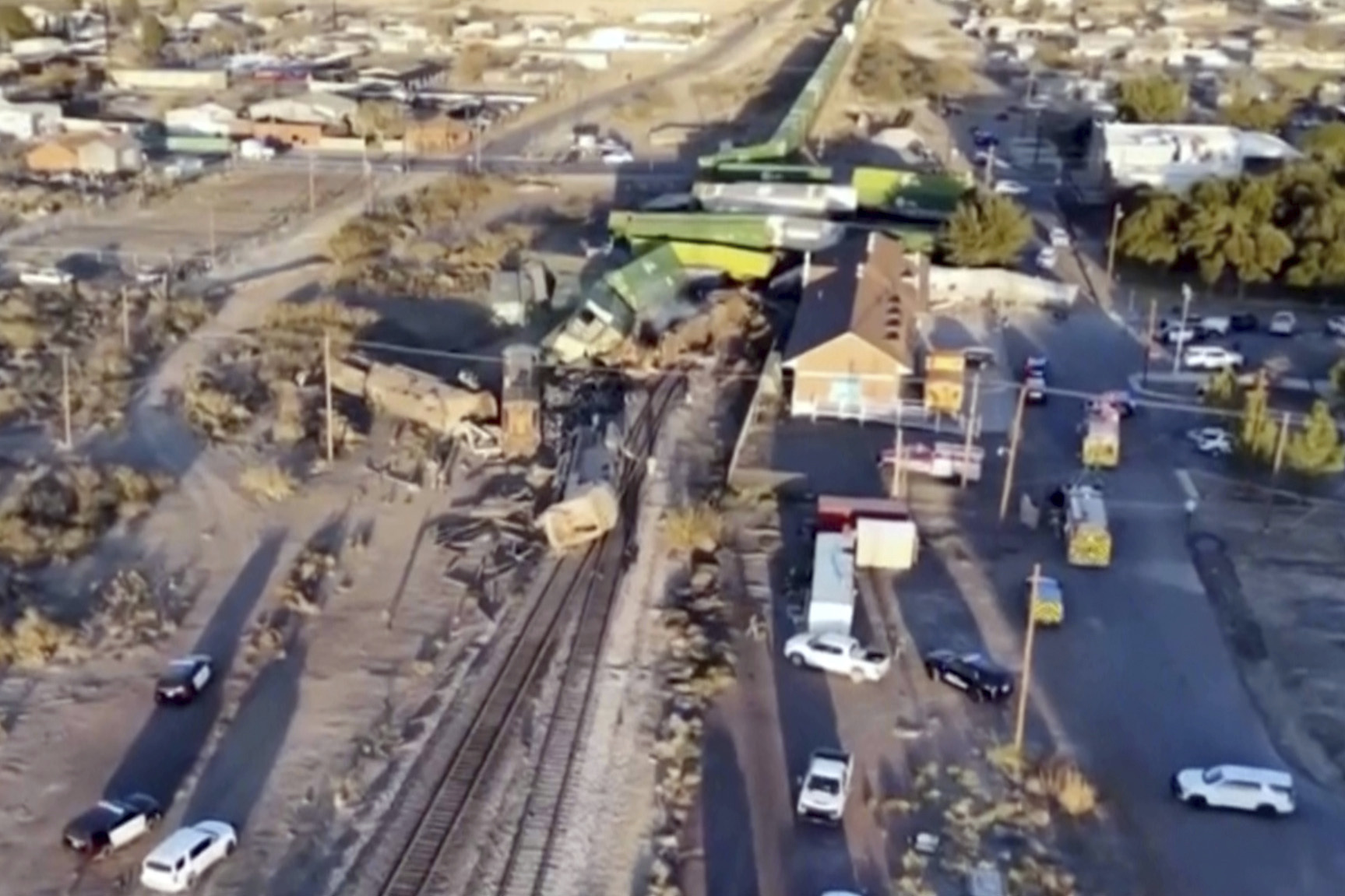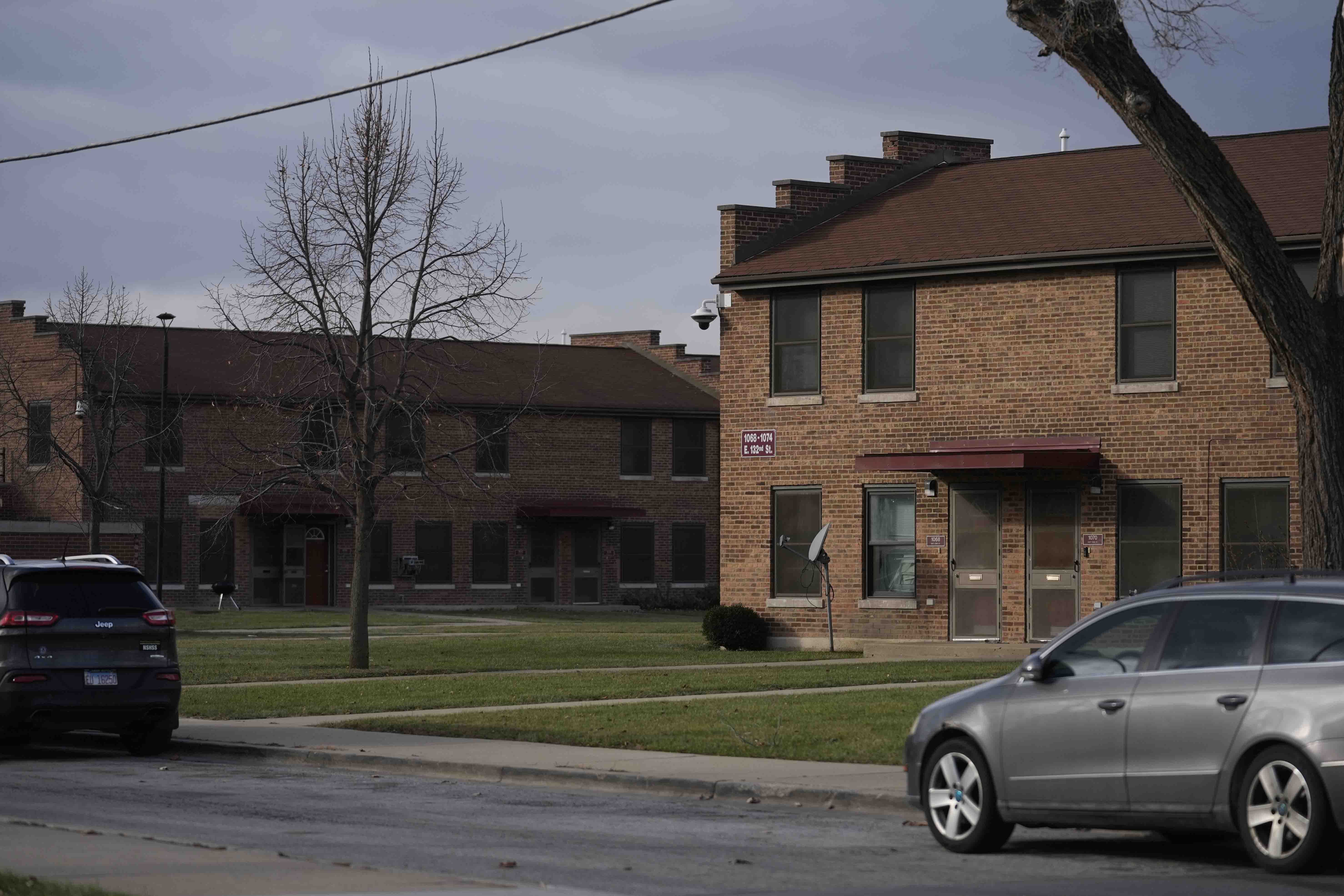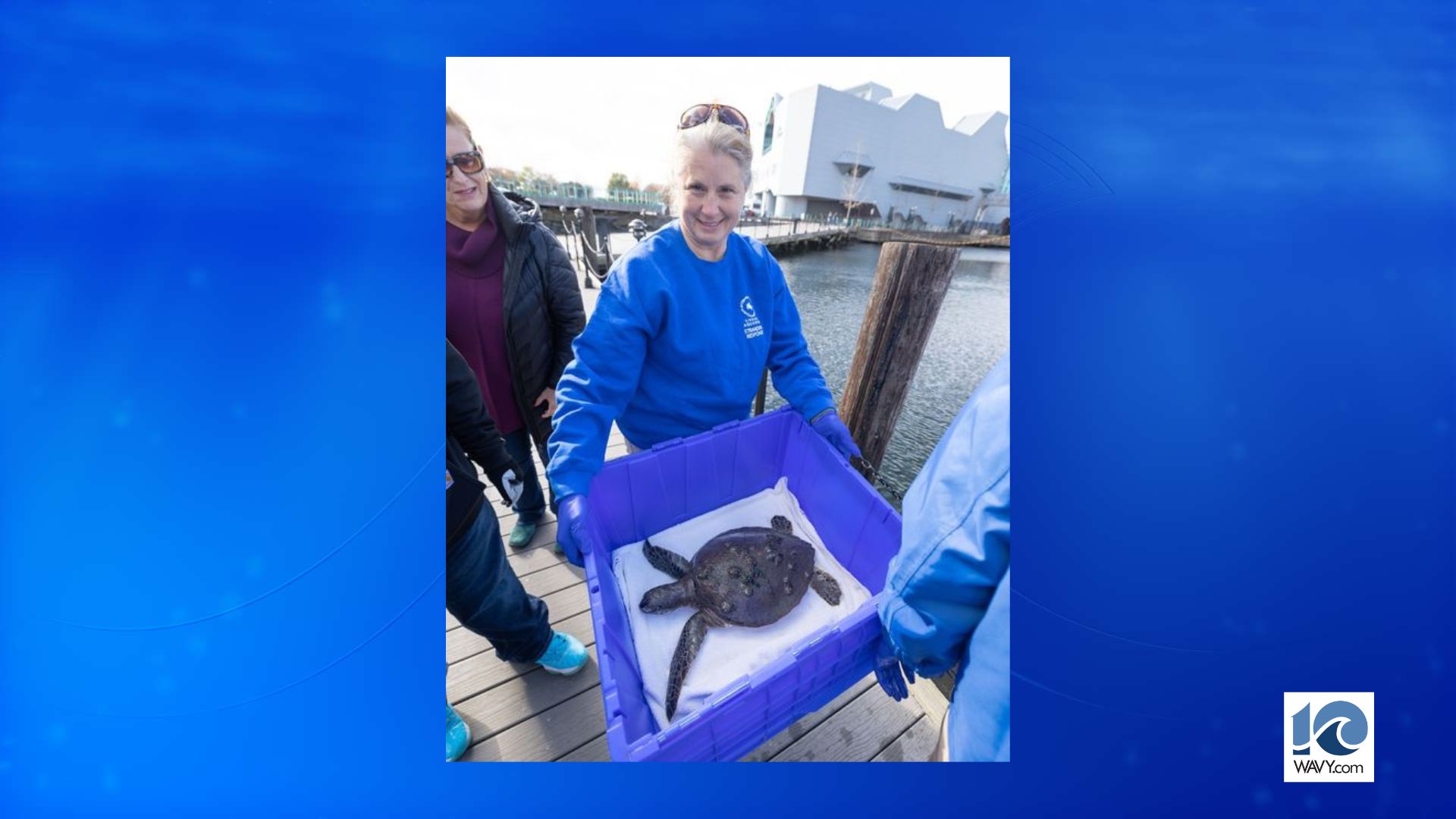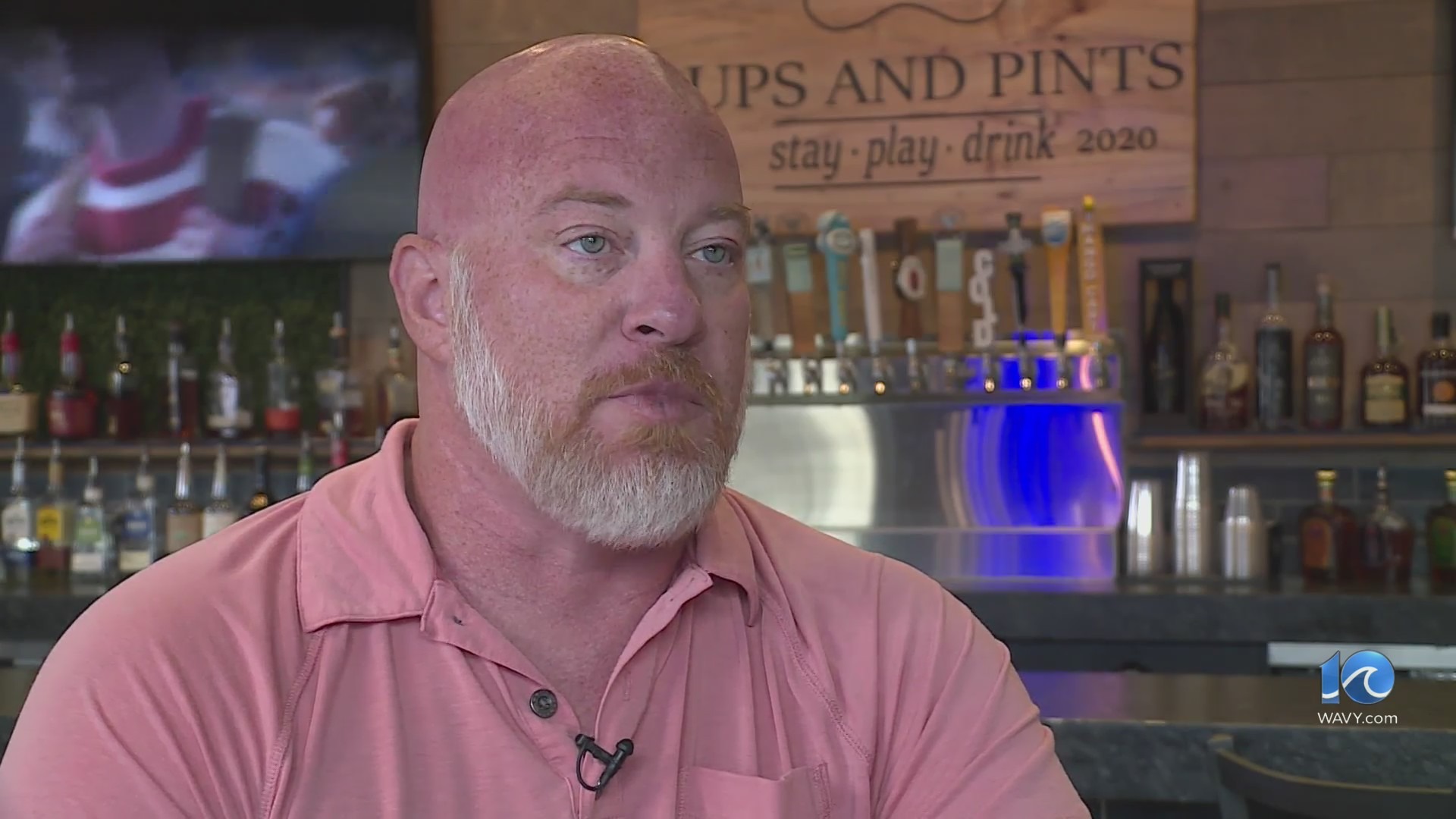EL PASO, Texas (Border Report) – Facing a House of Representatives unwilling to pass laws restricting immigration, the Trump administration relied on rule changes and executive orders to achieve its goals, experts say.
It created a program to send asylum seekers to wait in Mexico and let a backlog on immigration courts slow their cases for years, so they’d give up. It nearly doubled the cost of citizenship applications and changed the definition of “public charge” to include parents of U.S.-born children who received public assistance. That put citizenship out of reach for many legal immigrants seen as future Democratic voters.
Editor’s note: This is the first part of a two-part series on probable changes to immigration policy and the U.S.-Mexico relationship once Joe Biden takes office as the 46th President of the United States
Led by senior adviser Stephen Miller, the administration “did everything possible to make immigrants’ lives miserable and make opportunities to migrate to the U.S. narrower and narrower,” said Tony Payan, director of the U.S.-Mexico Center at Rice University’s Baker Institute of Public Policy and professor at the Autonomous University of Ciudad Juarez.
But just like Trump tinkered with existing laws to place roadblocks on immigration with the stroke of a pen, a new president can remove them.
“Because all of this was done by executive action, not legislation, it can be reversed very quickly. Joe Biden can ask his advisers to forge him a series of executive orders to reverse (Trump’s) and sign them as early as (Inauguration Day),” Payan said. “He can lower the price of citizenship, expand the number of immigration judges to reduce the backlog and change the public charge rule.”

Migrant advocates have told Border Report they want to hold the presumptive president-elect accountable for campaign promises to give asylum seekers and other migrants due process. They say the Trump administration dealt with tens of thousands of migrants during the 2018-2019 surge from Central America in a brutal manner.
Lawyers and lawmakers in early 2019 alerted to overcrowded, unsanitary and neglectful conditions at detention centers and children being held beyond the 20-day limit set forth in the Flores Agreement.
Administration officials have publicly expressed their belief that most asylum seekers are economic migrants who don’t qualify for the protection. They said the Migrant Protection Protocols (MPP) program, also known “Remain in Mexico,” was one of the mechanisms instrumental in reducing unauthorized migration and allowing them to end “catch and release.” The latter was the practice of releasing into the United States unauthorized migrants while their cases were heard in court.
“U.S. law and international law say they have the right to a hearing before an immigration judge. This is what Trump has been denying or slowing down. And we know that justice slowed is justice denied.”
Tony Payan, director of the U.S.-Mexico Center at Rice University’s Baker Institute of Public Policy
Only a fraction of the 65,000 or so registered asylum seekers sent to Mexico remain in border cities like Juarez and Tijuana. Still, Payan said those hardy souls are likely to be allowed to complete the process by a Biden administration.
“I think we can expect more funding for immigration courts that will allow the courts to decide all of those cases. That doesn’t mean they’re all going to get a favorable resolution,” he said.
In El Paso immigration courts, advocates say more than nine out of 10 political asylum petitions have been denied so far.
Still, “U.S. law and international law say they have the right to a hearing before an immigration judge. This is what Trump has been denying or slowing down. And we know that justice slowed is justice denied,” Payan said.
Comprehensive immigration reform still “iffy”
Trump stood in front of TV cameras urging Americans to let him secure the border and keep foreign “criminals” from coming across. However, Miller was the architect of most of the policies enforced by the administration now.
“Trump wasn’t able to get Congress any legislation on immigration, but Miller was very smart and understood policymaking through rulemaking. He didn’t need legislation that Nancy Pelosi wasn’t going to give, anyway. He combed through U.S. immigration law and tinkered with specific rules to make things very difficult for migrants,” Payan said.
The result was that, by the end of fiscal year 2020, the number of lawfully admitted refugees dropped virtually to zero. And while Biden will have Pelosi and a House majority on his side, the Senate likely will continue with a Republican majority and the presumptive President-elect may not be able to change immigration policy through legislation.
“Biden wants to restore a sense of normalcy and fairness to the immigration system. Obviously, the bigger challenges are DACA and immigration reform,” Payan said.
DACA is the Deferred Action for Childhood Arrivals program, which President Obama established through executive action in 2012 and Trump tried to end in 2017. The Supreme Court blocked the dissolution of DACA but left the door open for future challenges. It suspends the deportation of migrants brought into the country before their 16th birthday and provides them renewable work permits.
The U.S.-Mexico Center Director believes Biden will immediately restore the program and/or push for a version of the DREAM Act bill in the new Congress. “It’s easy to do because most Americans support it,” he said.
But if the Senate blocks the bill, Biden might have no choice but to go the executive order route to preserve DACA. He might also move to protect from deportation the unauthorized migrant parents of U.S.-born children. Obama in 2014 put forth a similar proposal, the Deferred Action for Parents of Americans and Lawful Permanent Residents (DAPA), which was met with lawsuits from several states, a federal injunction and, eventually, a deadlock in the Supreme Court that left the block in place.
In 2017, Trump closed any loose ends by rescinding the DAPA executive order issued by his predecessor. That’s the same route Biden is expected to take with Trump’s immigration orders.
“What’s going to be a bigger challenge is immigration reform,” Payan said. “I don’t see the conditions for that happening, particularly if the Democrats don’t control the Senate, and I don’t expect them to pick up the seats from Georgia.”










